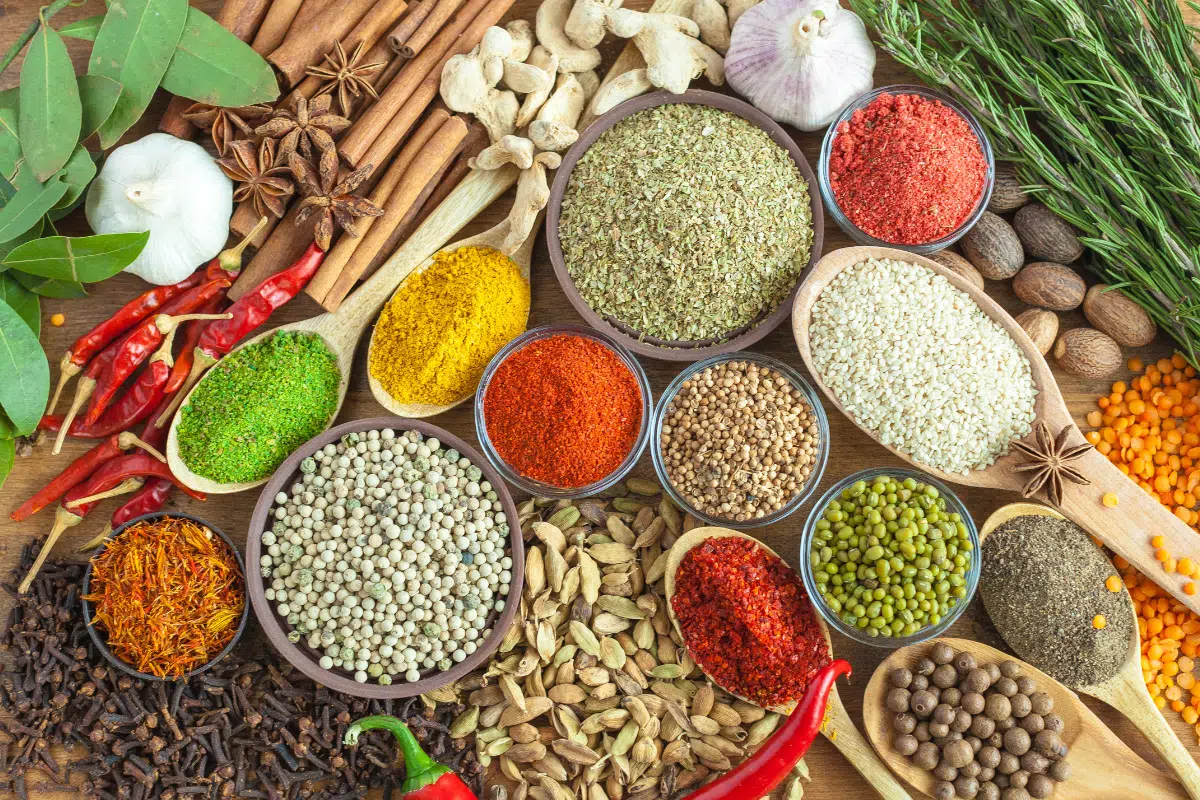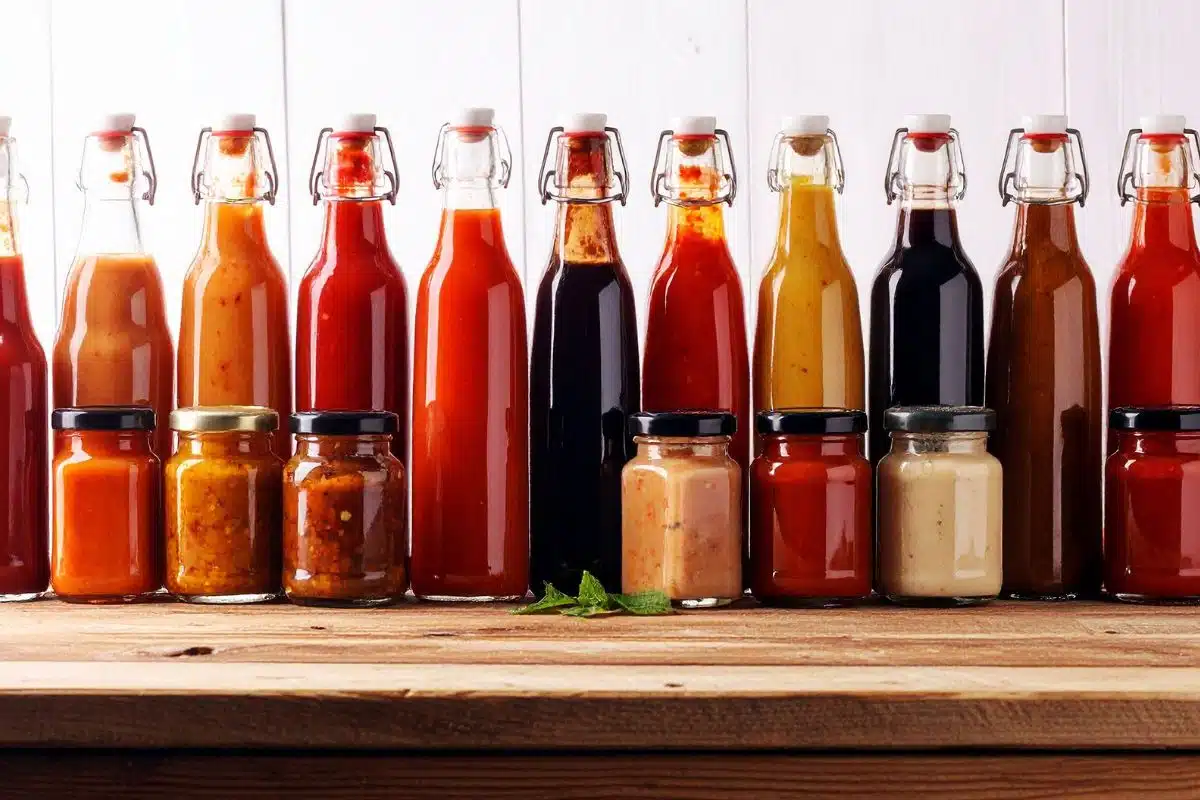The Hidden Cost of Food: Why Beef, Eggs & Veggies Are Changing in Price
If your grocery bill has felt unpredictable lately, you’re not imagining it. Prices for everyday staples like beef, eggs, and vegetables have been swinging up and down — sometimes dramatically. From climate impacts and global supply issues to shifting consumer habits, the cost of food is reflecting far more than what’s on your plate. Here’s a closer look at what’s really driving the changes — and how to shop smart amid the fluctuation.
Beef Prices: The Ripple Effect of Drought and Demand
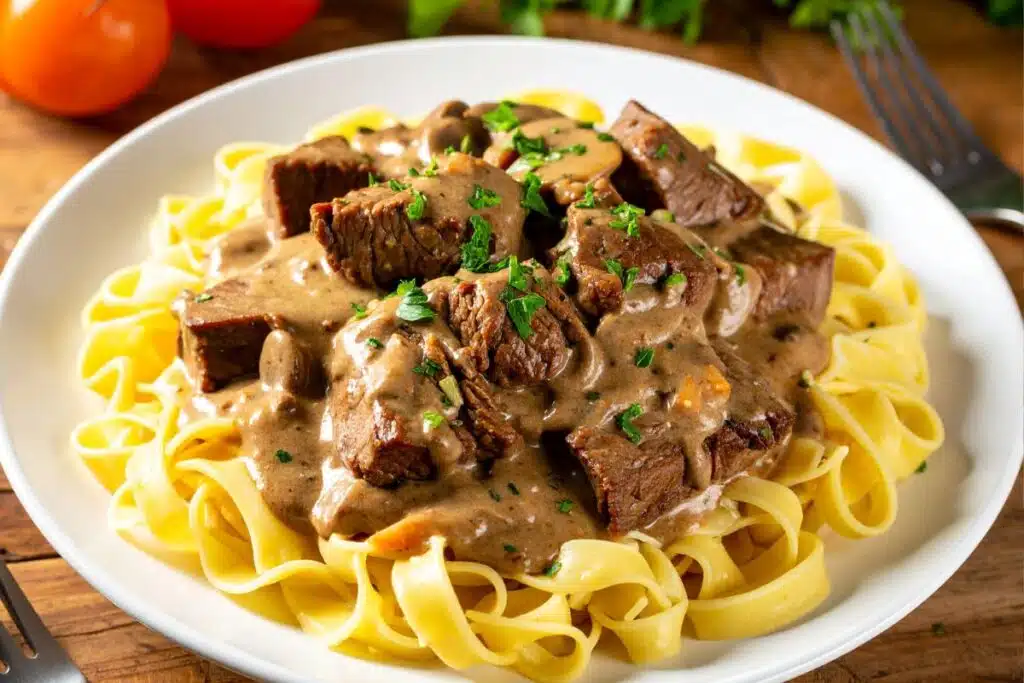
Beef remains one of the most expensive proteins, and the reasons go beyond the butcher counter. Droughts across major cattle-producing states have reduced herd sizes, raising the cost of feed and transport. At the same time, global demand for U.S. beef continues to climb, adding more pressure to the limited supply.
Smart tip: Consider switching to ground turkey, beans, or plant-based options a few nights a week to balance your protein budget.
Eggs: Cracked Supply Chains Still Healing

After egg prices skyrocketed last year due to avian flu outbreaks, they’ve stabilized — but not entirely. Farmers are still rebuilding flocks, and higher feed and transportation costs remain a challenge. Seasonal demand, especially around holidays, can also nudge prices back up.
Smart tip: Buy eggs in bulk when prices dip, or look for local farms where costs are often more stable and freshness is guaranteed.
Vegetables: Weather and Labor Shortages at Play
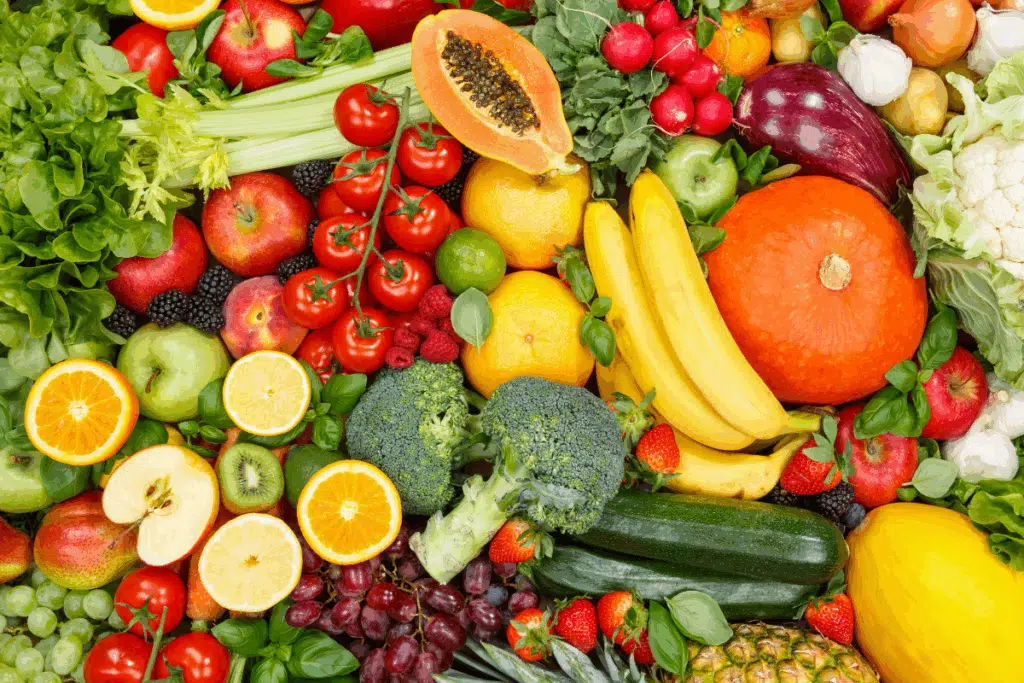
From lettuce to onions, fresh produce has seen big swings in price due to extreme weather patterns, water shortages, and rising labor costs. Flooding and heatwaves in key growing regions disrupt planting and harvest schedules — reducing supply just as demand for fresh produce remains high.
Smart tip: Buy in-season veggies and consider frozen alternatives for better value and consistent quality year-round.
Transportation Costs Keep Trickle-Down Prices High

Fuel costs have eased somewhat, but trucking and shipping remain more expensive than before the pandemic. Every mile your food travels adds a hidden cost — one that often gets passed directly to consumers.
Smart tip: Shopping local can cut down on those extra costs while supporting nearby farmers and markets.
Packaging and production expenses add up
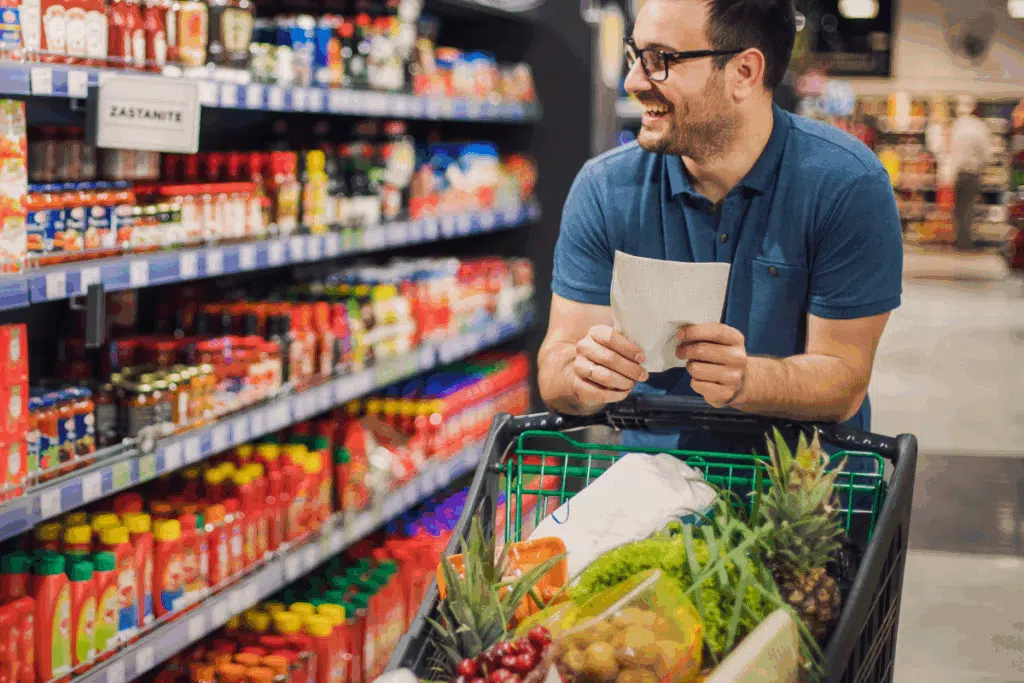
Inflation hasn’t just hit ingredients — it’s affected the cost of packaging materials, energy, and manufacturing. Even items like salad mixes or pre-sliced veggies carry a premium because of the labor and materials behind them.
Smart tip: Choose whole foods and prep them yourself to save money and reduce waste.
The Global Market Factor

Food is more globalized than ever. U.S. exports, import disruptions, and global weather events all influence domestic pricing. When other countries face shortages, they often buy more from the U.S., tightening supplies at home and driving prices higher.
Smart tip: Keep an eye on global headlines — they can be surprisingly predictive of what’s coming to your grocery budget.
Consumer Shifts Toward “Better” Food
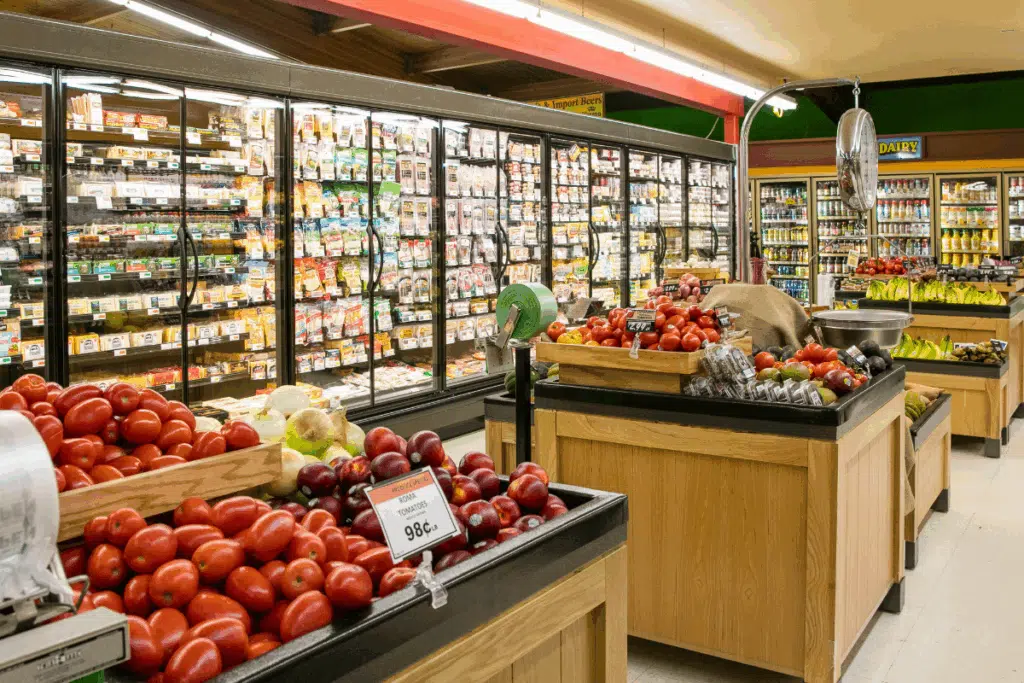
Today’s shoppers are prioritizing organic, sustainable, and locally sourced foods — which often come with higher production costs. As these options become more popular, average prices across the board can rise to meet market expectations.
Smart tip: Mix and match — buy organic for high-impact items like leafy greens or strawberries, and go conventional for thicker-skinned produce like bananas or avocados.
What’s Next for Your Grocery Bill?

Experts predict some stabilization ahead, but not a return to pre-pandemic prices. Expect fluctuations by category — beef may dip slightly as herds recover, while fresh produce will continue to track with weather and fuel costs.
Smart tip: Plan meals around what’s on sale, buy staples in bulk, and freeze what you can to stretch your dollar.
This post may contain affiliate links or sponsored content. Disclosure Policy




